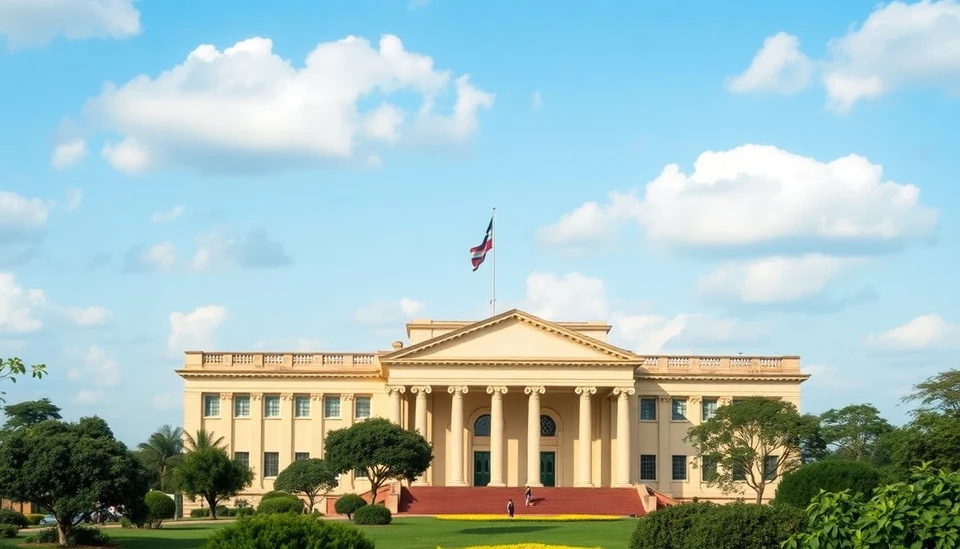
The Central Bank of Kenya (CBK) has recently escalated its efforts to reduce the high interest rates that have burdened consumers and businesses alike. In a bold move, the CBK is now leveraging its regulatory powers to enforce a more favorable lending environment. This initiative is aimed at stimulating economic growth across the nation and making credit more accessible to the average Kenyan.
Under the new approach, the bank has begun to impose stringent measures on banking institutions that fail to comply with set lending rates. The CBK's primary objective is to ensure that banks adhere to a specified maximum lending rate, which would alleviate the financial strain on borrowers who have been impacted by the rising cost of credit. This initiative is expected to create a ripple effect, benefitting not only individual borrowers but also small and medium-sized enterprises that play a crucial role in the country’s economy.
For months, borrowers have expressed their frustrations over the steep borrowing costs, which have hindered their ability to invest in personal and business projects. The CBK’s measures come after extensive consultations with stakeholders in the financial sector, including banking institutions, consumer lobby groups, and economic advisors. The consensus revealed a need for actionable steps to curb lending rates.
In enforcing these regulations, the CBK has signaled its readiness to utilize its regulatory framework as a form of "big stick" reinforcement. High-level officials at the bank indicated that persistent non-compliance by financial institutions could result in heightened supervision or even penalties. This regulatory commitment is designed not only to stabilize the financial system but also to maintain public confidence in banking practices.
Economists have predicted that while this intervention may lead to a temporary decline in lending rates, it could also potentially affect the profitability of banks. Some analysts suggest that banks might respond by tightening their credit conditions, which could paradoxically limit access to loans for riskier borrowers. Nevertheless, the CBK remains resolute in its mission to foster a more competitive banking landscape that encourages responsible lending and mitigates risks associated with high-interest debts.
The ramifications of the CBK's decision extend beyond just the banking sector; they signal a broader commitment to economic recovery and development. Policymakers are increasingly aware that access to affordable credit is critical for supporting small businesses and fostering innovation—which are vital components of a flourishing economy. The effectiveness of these measures hinges on the cooperation of banks as well as the consumers who are in need of more favorable lending practices.
As Kenya transitions into this new lending paradigm, the eyes of the financial world will be on how banking institutions adapt to these changes. Should the CBK manage to successfully drive down loan rates without compromising the stability of the financial system, it could set a precedent for other nations grappling with similar economic challenges.
In conclusion, the Central Bank of Kenya's assertive strategy to lower loan rates marks a significant shift in the financial landscape, one that holds the promise of economic revitalization for many Kenyans over the years to come.
#Kenya #CentralBank #LoanRates #InterestRates #EconomicGrowth #FinancialInclusion
Author: Samuel Brooks




